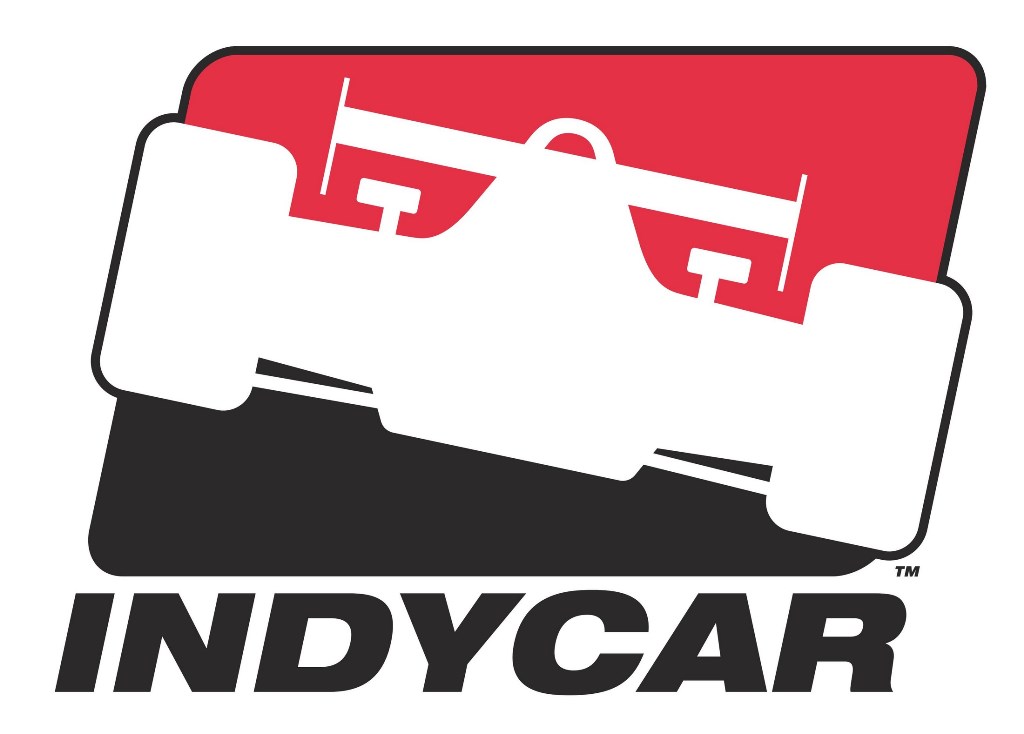
Today’s Verizon IndyCar Series and Mazda Road to Indy headlines:
1. Hands-on development continues as series tries to limit arm injuries
2. Ganassi aims for another win at Mid-Ohio
3. Toronto race is most-watched since 2011
1. Hands-on development continues as series tries to limit arm injuries: INDYCAR continues testing and evaluation of three mechanisms that either independently or in unison could be utilized to reduce the incidence of Verizon IndyCar Series driver hand and wrist injuries.
James Hinchcliffe drove his No. 27 United Fiber & Data Andretti Autosport car with a steering damper fitted during a 20-car test July 24 at the Mid-Ohio Sports Car Course to gauge any handling and steering affects. In June, it was installed in the No. 83 Novo Nordisk Chip Ganassi Racing car driven by Charlie Kimball at Sebring International Raceway during a test day for the same purposes.
The hydraulic damper is basically a shock absorber, which counteracts the transfer of energy to the driver’s hands in high G force-load impacts. It would work in concert with deformation of suspension parts, which disperses the energy. INDYCAR commissioned Dallara Automobili to design and build the damper, which initially was tested on its simulator in Italy.
“I think it’s important for INDYCAR to continue the research and see what’s the best option,” said Ryan Briscoe, driver of the No. 8 NTT DATA Chip Ganassi Racing car, who suffered a fractured wrist in a race incident at Toronto in July 2013. “I really love the fact that the Indy car does not have power steering because it separates it from other series. You have to be strong and fit to drive an Indy car. The steering damper might be the best option; you have wheel-to-wheel contact or impact (with concrete walls on some road/street circuits or the SAFER Barrier on ovals) and nothing bends on the race car and you feel all that shock comes through the steering wheel.”
INDYCAR director of engineering/safety Jeff Horton said controlled impact testing with one-quarter of a chassis’ suspension is the next evaluation step.
“I think Indy car racing is so exciting in part because you see occasional wheel-to-wheel contact but it doesn’t put you out of the race,” Briscoe added. “In those occasions when you have impact and the wheel slips out of your hands, the injuries aren’t coming from when you’re holding onto the wheel it’s when the wheel smacks your wrist.”
A wrist/thumb brace adapted from motocross could be the answer, and INDYCAR safety consultant Dr. Terry Trammell is working with multiple manufacturers to fine-tune a brace that fits the dexterity requirements for Verizon IndyCar Series drivers. The latest iteration will first be tested with a driver on the Honda simulator in Brownsburg, Ind.
“It’s a whole new concept because no one has ever done it,” Trammell said. “The idea is to make it small enough and light enough and flexible enough for drivers to push all the buttons on their steering wheel, and with a thin covering that would protect their wrists. The thumb is the most frequently injured part of the hand, and designing a brace that keeps the thumb at normal excursion but not any further has been a challenge.
“The ideal one would be what a jouster wears to hold the pole so it doesn’t rip out of his hand. They figured that out in medieval times that it took the load off of thumb and wrist. It just happened to be made of metal.”
A complement to both systems might be energy-absorption material covering the steering wheel. INDYCAR recently conducted baseline testing of each driver’s grip strength to aid in development of materials for testing.
“As they grip the steering wheel they would still have that connection to the racetrack but any loading beyond that the material would provide a cushion,” Horton said. “We could tune that foam to whatever grip strength wanted. It’s just another piece in the chain to mitigate the forces coming back through the steering wheel.”
2. Ganassi aims for another win at Mid-Ohio: A Chip Ganassi Racing car has won the past five races at Mid-Ohio and the team, which is winless in 2014 is aiming to end its drought at the track. Charlie Kimball, driving the No. 83 Novo Nordisk Chip Ganassi Racing car, won his first Verizon IndyCar Series race last August.
“You have to give a lot of the credit to the team for the success we’ve had,” said reigning Verizon IndyCar Series champion Scott Dixon, who has won four of the past seven races at Mid-Ohio. “The thing that is out of our control is that it changes each year — the tires are a little different, we changed manufacturers to Chevy this year and development of dampers and the set-up is constant. There are always things you can improve on.”
3. Toronto race is most-watched since 2011: Mike Conway’s victory in Race 2 was the most-watched Verizon IndyCar Series race telecast on NBCSN since the 2011 Grand Prix of Baltimore.
Through eight races on NBCSN, viewership is up 46 percent from the 2013 average viewership over eight races.
“INDYCAR is definitely on the upswing, whether it’s ratings or putting buns in the seats,” Dixon said. “(This season) has been up and down with so many different drivers winning and even a rookie winning. It’s strong for the sport and fun for the fans to see different cars at the front. The competition is the deepest it’s ever been. I think it’s exciting.”
***
The next Verizon IndyCar Series event is the Honda Indy 200 at Mid-Ohio on Aug. 3 at Mid-Ohio Sports Car Course. The race will be televised live at 3 p.m. (ET) by the NBCSN (Verizon FiOS 90/590, DirecTV 220, DISH 159 and AT&T UVerse 640/1640) and broadcast by the IMS Radio Network (Local affiliates, XM 209 and Sirius 213), the Verizon INDYCAR 14 App and www.indycar.com.




